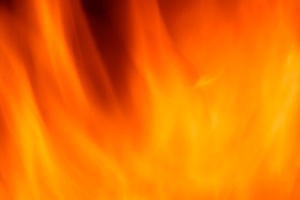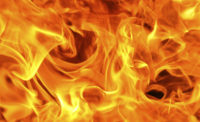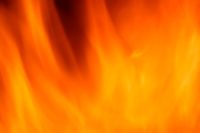 Electrical failure or malfunction is a factor in 45,000 to 50,000 home fires annually – fires which kill approximately 455 people a year.
Electrical failure or malfunction is a factor in 45,000 to 50,000 home fires annually – fires which kill approximately 455 people a year.
Those sobering figures are from the National Fire Protection Association’s (NFPA) Home Electrical Fires report , which said electrically-caused fires account for 13 percent of total home structure fires. In addition to the loss of life, these fires resulted in 1,500 civilian injuries and $1.5 billion in direct property damage during 2007-2011.
Electrical distribution or lighting equipment was responsible for 48 percent of home electrical fires during that time period. Arcing – not overheating -- appears to account for most home electrical fires.
NFPA is marking National Electrical Safety Month (May) by reminding the public to be aware of the risks associated with the use of electricity, and providing safety tips and information to assist individuals in taking steps to reduce the risk of home electrical fires.
Other key findings in the report have to do specifically with home structure fires involving electrical distribution or lighting equipment, including:
- 63 percent involved wiring and related equipment.
- 74 percent cited some type of electrical failure or malfunction.
- Nearly half (44 percent) of civilian deaths were caused by fires that began in the bedroom, living room, family room, or den.
- Wire or cable insulation was the item first ignited in 32 percent of electrical distribution or lighting equipment home structure fires.
“Electrical fires are a risk that homeowners should bear in mind when reviewing fire dangers,” says Lorraine Carli, NFPA’s vice president of communications. “By taking early action to eliminate electrical hazards in your household and following safety guidelines, the chances of having a home electrical fire can be significantly reduced.”
NFPA is offering the following electrical safety tips:
- Replace damaged or loose electrical cords.
- Avoid running extension cords across doorways or under carpets.
- In homes with small children, make sure your home has tamper-resistant (TR) receptacles.
- Consider having additional circuits or outlets added by a qualified electrician so you do not have to use extension cords.
- Follow the manufacturer's instructions for plugging an appliance into a receptacle outlet.
- Avoid overloading outlets. Plug only one high-wattage appliance into each receptacle outlet at a time.
- If outlets or switches feel warm, frequent problems with blowing fuses or tripping circuits, or flickering or dimming lights, call a qualified electrician.
- Place lamps on level surfaces, away from things that can burn and use bulbs that match the lamp's recommended wattage.
- Make sure your home has ground fault circuit interrupters (GFCIs) in the kitchen, bathroom(s), laundry, basement, and outdoor areas.
- Arc-fault circuit interrupters (AFCIs) should be installed in your home to protect electrical outlets.
- When you are buying, selling, or remodeling a home, have it inspected by a qualified electrician.



